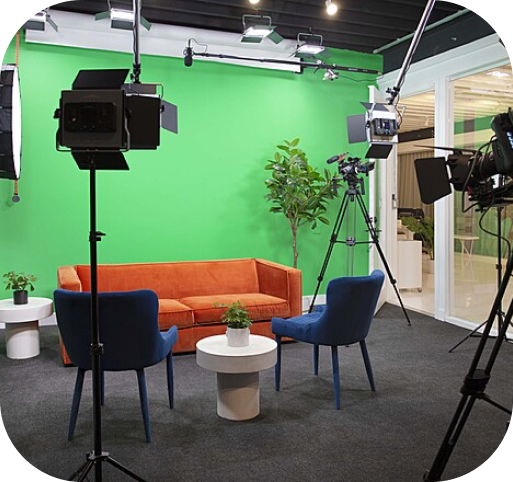Illuminating the Impact of Illumination Methods on the Art of Film Projection Mapping Techniques
Illuminating the Impact of Illumination Methods on the Art of Film Projection Mapping Techniques
Blog Article
Motion mapping projection is an exciting creative form that merges technology and creativity to convert ordinary surfaces into extraordinary visual exhibits. This technique involves casting images and videos onto three-dimensional elements, such as buildings, sculptures, or platforms. One of the key crucial factors in producing successful projection is the use of effective lighting methods. Proper lighting improves the visual elements of the projection and guarantees that the images are crisp and captivating. This piece examines the influence of lighting techniques on motion mapping and how they can elevate the overall experience.
Lighting plays a crucial part in video projection because it establishes the atmosphere and tone of the exhibit. Different lighting techniques can elicit various feelings and responses from the audience. For example, using soft, warm illumination can create a inviting environment, while bright, cool illumination may create a more energetic or intense effect. By carefully choosing light colors and brightness, creators can influence how viewers interpret the projected visuals, leading to a more immersive experience. The equilibrium between mapping luminance and surrounding illumination is essential, as it can greatly affect the clarity and effect of the visuals.
In addition, hue and intensity, the direction of light also influences the efficacy of mapping. Lighting from different directions can create shadows and highlights that add dimension to the mapped images. This technique, known as light and Get the facts shadow, can improve the 3D quality of the subjects being mapped. Additionally, using dynamic lights can add dynamism to the display, making the encounter more engaging for the audience. When the illumination interacts with the mapped visuals, it can produce an illusion of motion and change, creative use of video in events grabbing the audience's attention.
Another important element of illumination in mapping in the use of special features. Techniques such as patterned illumination, which employs shapes and forms to filter light, can introduce depth and intricacy to the mapping. This approach enables artists to superimpose visuals and produce aesthetically captivating effects that enhance the mapping. Additionally, incorporating lasers or LED lights can additionally enhance the display, offering a distinct mix of visual components that draw the audience in. These special features, when used carefully, can elevate the mapping into a basic display to an engaging piece of creativity.
In summary, the impact of illumination methods on motion mapping is profound. By comprehending how various illumination components connect with projected images, creators can create captivating experiences that resonate with audience. The careful selection of color, intensity, angle, and unique features allows for a rich tapestry of visual storytelling. As technology continues to evolve, the options for artistic showcasing in projection will only grow, making illumination an increasingly vital aspect in this progressive creative form.